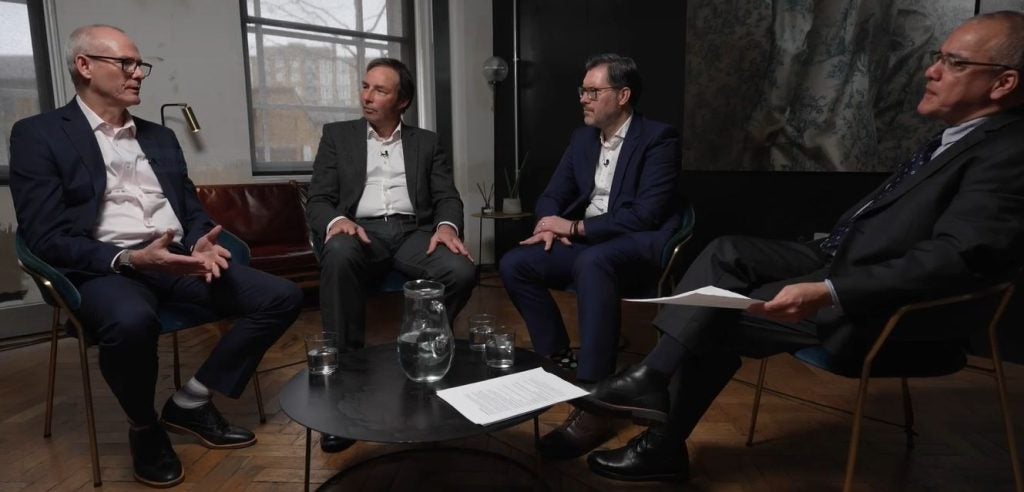
To say that the UK’s motor finance sector provides a platform for hot debate and intricate analysis is perhaps one of the biggest understatements possible to make as we move into the second quarter of 2023.
Indeed, the motor finance sector has borne witness to some mammoth changes over recent years, driven largely by digital innovations and changes in the way people purchase new vehicles.
All the available evidence indicates there has been a degree of volatility permeating through multiple aspects of the supply chain, resulting in significant changes to how the entire sector is expected to operate in the coming years.
Furthermore, when you consider that one of the definitions of “revolution” is “a big change or improvement in the way that something works” then it is no exaggeration to say that the motor finance sector is facing its own revolution soon.

The current backdrop
The latest statistics from the Finance & Leasing Association show that even after the end of the Covid lockdowns, volatility continues within the sector. They show that consumer car finance new business volumes fell in January 2023 by 3% compared with the same month in 2022. The corresponding value of new business fell by 5% over the same period.
In the 12 months to January 2023, new business grew 5% by value and held steady by volume, compared with the same period in 2022.
How well do you really know your competitors?
Access the most comprehensive Company Profiles on the market, powered by GlobalData. Save hours of research. Gain competitive edge.

Thank you!
Your download email will arrive shortly
Not ready to buy yet? Download a free sample
We are confident about the unique quality of our Company Profiles. However, we want you to make the most beneficial decision for your business, so we offer a free sample that you can download by submitting the below form
By GlobalDataThe consumer new car finance market reported a fall in new business of 6% by value and 10% by volume in January compared with the same month in 2022. In the 12 months to January 2023, new business volumes in this market also decreased by 10% compared with the same period in 2022.
These figures are not insignificant. What is the story behind them?
Despite emerging from the devastating Covid lockdown, which saw showrooms closed and dealerships deserted, and despite huge inroads being made to overturn the recent shortage of semiconductor computer chips, why does the sector continue to face significant ups and downs in its fortunes, even over the relatively short space of just one year?
Introducing the ieDigital motor finance debate

As one of the main providers of the technology that powers the online customer service channels of many of the UK’s main motor finance providers, ieDigital is at the forefront of the current trends and developments that the sector is facing. Indeed, it was felt that there is so much going on that the time is right to assemble some of the leading figures within the industry to sit down and analyse the main talking points of the moment.
The result is a series of four informative discussion videos, all chaired by Alejandro Gonzalez, the Editor of Motor Finance Online. The videos feature Jerry Young, the CEO of ieDigital, one of the portfolio companies of Parabellum Investments which is led by Founder and CEO, Rami Cassis; Tom Senior, Director of Classic, Vintage & Sports Car Finance at Cambridge & Counties Bank and Simon Oldfield, a seasoned industry professional, with over 30 years’ experience in the UK automotive sector, including board-level roles at Mercedes-Benz, Vauxhall and BMW.
A link to view the fourth video, which discusses how the digital journey can take account of vulnerable customers and how the digital experience can improve the information presented to consumers can be found HERE and below.
The common factor that comes out loud and clear from the points discussed is that the relationship between customer and motor finance provider continues to change, almost beyond recognition, and the motor sector must always have an eye on the future.
The recent fluctuations in new car sales figures prove that it is just as important to ensure long-term security as it is to weather the economic issues of the moment. That is why the motor finance sector is continually innovating. This characteristic should be applauded – it demonstrates an ability to adapt to challenging market pressures.
One thing is for sure – based on the evidence we can see all around us, disruption in the sector will continue for a long time to come. These changes will impact the way we all work in the future, and we look forward to sharing our insights with you during our discussions.
Video 1: The move towards an agency model
The first video contains an analysis of how a move towards the agency model is changing how people acquire a vehicle. It incorporates a discussion on how the relationship between the manufacturer and the dealer has changed, together with an overview of the relationship between availability and choice.
Video 2: How will EVs impact brand choice, brand personality and brand loyalty?
Automotive Industry | Part Two from Complete Digital on Vimeo.
The second video considers how electric vehicles will impact brand choice, brand personality and brand loyalty in the market. The discussion incorporates how EVs may change our relationship with the brand, and what factors will influence the cost of EVs compared to internal combustion engine cars.
Video 3: How is digital engagement transforming ownership of end-consumers and their data?
Video three examines how digital engagement is transforming the ownership of end consumers and their data and looks at the question of whether manufacturers ultimately own the end customer.
Video 4: How can the digital experience improve the information presented to consumers?
The fourth and final video in the series analyses how the digital journey can take account of vulnerable customers, and how the digital experience can improve the information presented to consumers.
We hope you agree that these are all critically important topics for the future of the motor finance sector, and we hope that you find the discussions useful.
To read more about the roundtable visit HERE







